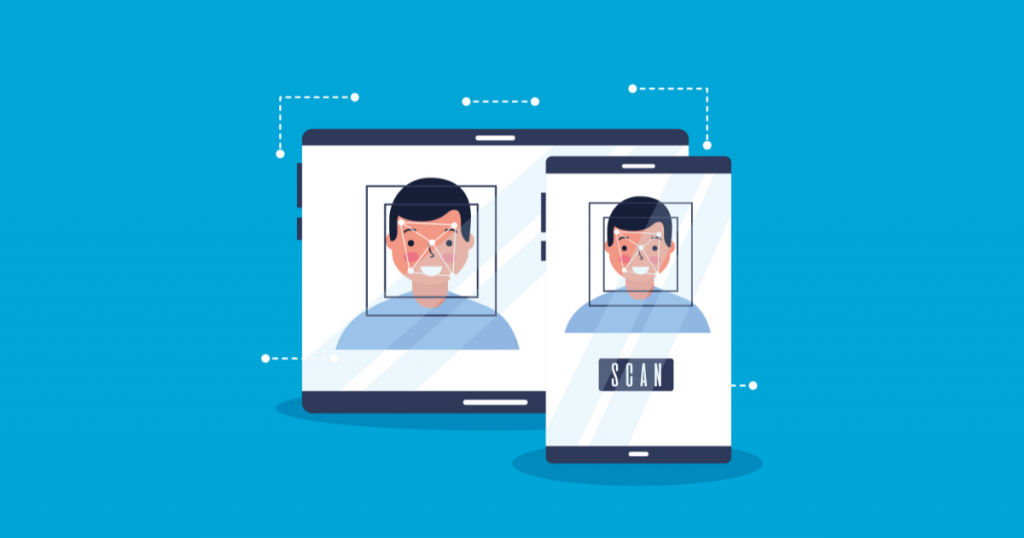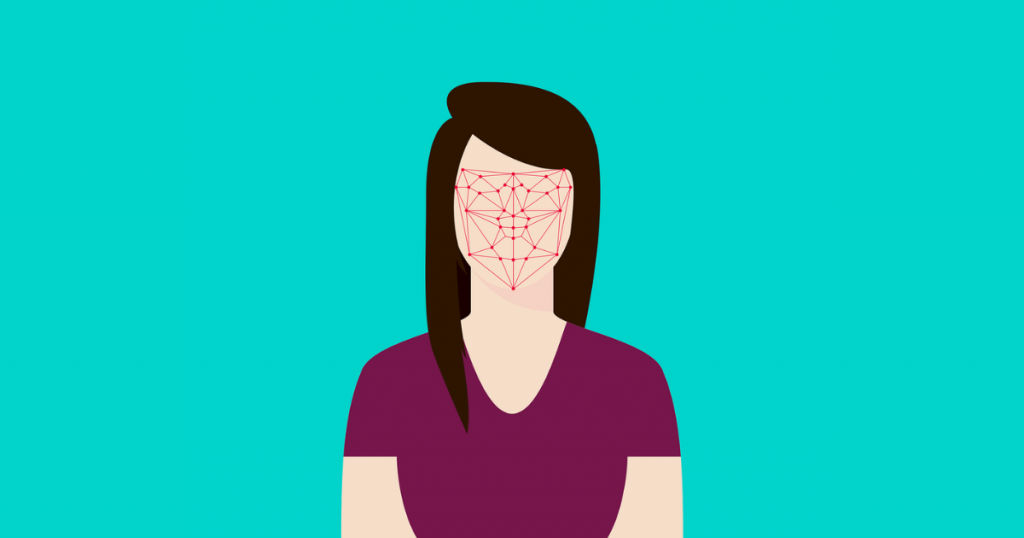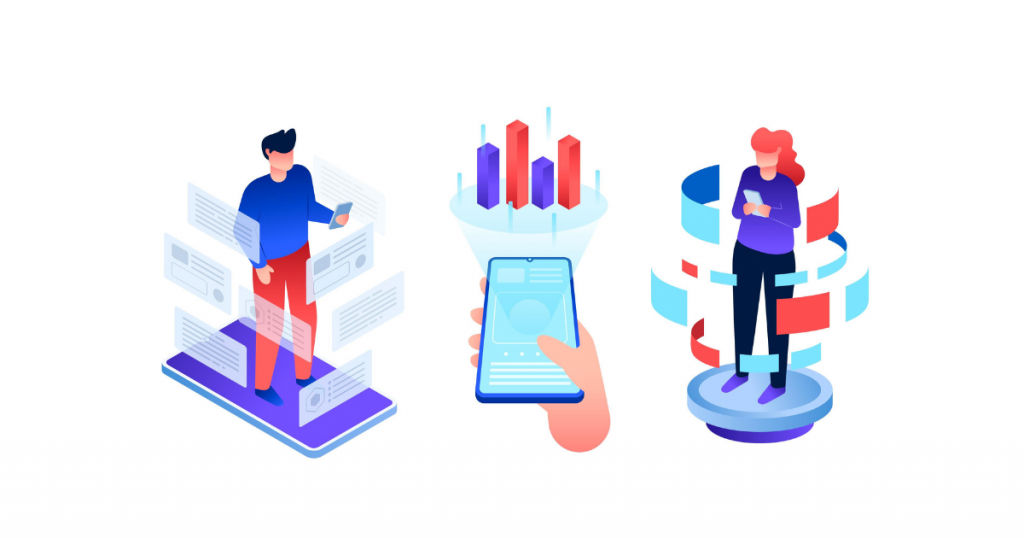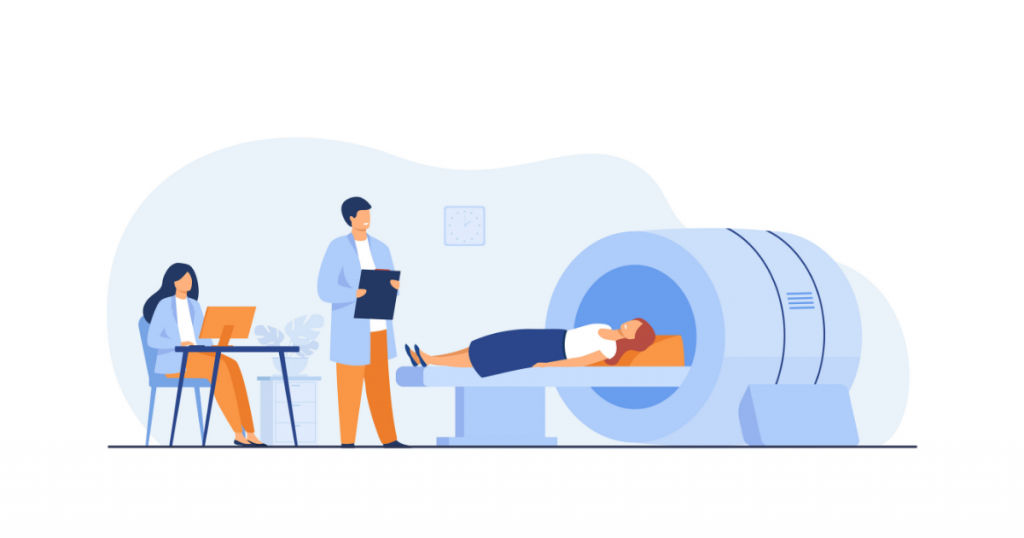
Computer vision, in the simplest of terms, refers to the simulation of human-like visual capabilities in computers.
Although our desire to replicate the powerful capabilities of human vision in machines is decades old, it’s only recently that we’ve started seeing significant milestones achieved in the field of computer vision.
Thanks to the investment made in technological progress, the market for computer vision has shown tremendous promise. It is expected to reach a valuation of around USD 486 billion by the year 2022.
If you’ve always wanted to understand the basics of computer vision then you are at the right place. This introductory guide will not only discuss what is computer vision but also touch upon how computer vision works as well as its key applications.
So, let’s begin.
Table of Contents
What is computer vision?
Computer vision is a subset of artificial intelligence (AI) that focuses on creating digital systems capable of processing, analyzing, and utilizing visual data in the same way as humans do.
It’s focused on making computers understand how to process an image at a pixel level.
Computer vision seeks to capture multi-dimensional data by translating visual content into explicit descriptions. This data can then be turned into computer language to help in decision-making.
Therefore, the objective of this branch of AI revolves around the fascinating idea of giving computers the ability to see and interpret the world around them.
Wikipedia has the following definition of computer vision –
Computer vision is an interdisciplinary scientific field that deals with how computers can gain high-level understanding from digital images or videos.
Where is computer vision used?

The following are a few common tasks that use computer vision systems –
- Object classification – It is the process of parsing visual content and classifying objects into a certain category. For example, finding a dog in a video or image.
- Object identification – It is the process of parsing visual content and identifying certain objects. For example, finding a specific chair among many chairs in an image or video.
- Object tracking – It involves finding a certain object and tracking its movement. For example, tracking the movement of a specific car in a video.
- Facial recognition – It’s an advanced form of object identification that is used to recognize a human face in an image or video or identify a specific individual from a group of people.
- Edge detection – It involves identifying the outside edge of an object or landscape to better identify what’s in the image or video.
How does computer vision work?
Since computer vision aims to mimic the human brain, it follows a similar process – pattern recognition.
To understand visual data, computer vision relies mostly on several pattern recognition techniques. The availability of big data has made it possible for deep learning experts to utilize this data and make computer vision faster and more accurate.
There are 3 basic steps involved in the working of computer vision –
- Acquire an image – It involves acquiring images and large datasets in real-time through video, photo, or 3D technology.
- Process the image – This step uses deep learning models to automate image processing. These models, however, are trained by feeding them thousands of labeled or pre-identified images.
- Understand the image – The last step in the interpretation step involves identifying or classifying objects.
How is computer vision different from image processing?
Although often confused as being the same, computer vision and image processing are different from each other. Let’s discuss some major differences between computer vision and image processing.
| Computer vision | Image processing |
| It’s focused on extracting information from input images or videos and understand it like a human brain. | Image processing is mostly about processing raw input images in order to enhance them or prepare them for other tasks. |
| Image processing is one of the methods that computer vision uses along with other techniques like deep learning, CNN, etc. | Image processing uses techniques like independent component analysis, hidden Markov models, anisotropic diffusion, etc. |
| Computer vision is a superset of image processing. | Image processing is a subset of computer vision. |
| Examples include object detection, face recognition, etc. | Examples of image processing include changing tones, correcting illumination, altering the contrast, rescaling, etc. |
What are some of the applications of computer vision?
The real-world applications of computer vision suggest how useful it can be in transportation, business, healthcare, entertainment, and everyday life. These applications are powered by large quantities of visual data from security systems, traffic cams, smartphones, or other such visual devices.
There are high chances that you might have experienced computer vision without even noticing it. Let’s discuss a few key applications of computer vision.
Autonomous vehicles
The global market for autonomous/self-driving vehicles is expected to reach a valuation of $37 billion by 2023. Big companies like Uber, Audi, Google, Tesla, Waymo are all working on developing autonomous vehicles in some capacity or the other.
Autonomous vehicles rely heavily on computer vision to make sense of their surroundings. The cameras in the smart vehicle capture videos from different angles and share them as input with the computer vision software.
The software then processes the video in real-time and detects objects like other cars, pedestrians, road markings, etc.
Tesla is already utilizing it through a feature called autopilot.
Facial recognition

Facial recognition technology is now widely used by security agencies around the world to match photos or video clips of people to their identities.
Not just that, facial recognition is also integrated into major products that we use every day. Social apps like Instagram, Facebook can recognize people from the image and suggest the person to tag on that photo.
This technology is also being used in biometric authentication. Think of Apple’s face unlock.
It uses the front-facing camera to recognize the person holding the device and then ascertain whether this person is authorized on this device or not.
Content organization
Computer vision systems help us organize our content like photographs, files, etc. A great example is Google Photos.
The photo storage application by Google is excellent at recognizing photos, categorizing them into categories, and even automatically adding tags to them. This makes it easy for users to browse and search photos from their collection. It also creates a curated view of your best moments for you.
Augmented reality

Augmented reality (AR) apps rely heavily on computer vision. It helps AR apps to detect physical objects in real-time. This data is then used to place virtual objects within the physical environment.
Pokémon Go and Google maps are great examples of AR apps using computer vision.
Healthcare

Imaging is a key element for diagnosis in healthcare. Think of diagnosis techniques like X-ray, MRI, mammography, CT scan, etc.
Computer vision algorithms thus prove beneficial in medical scan analysis. For example, it can detect diabetic retinopathy, a leading cause of blindness.
Cancer detection is another notable example of using computer vision in healthcare. Computer vision tools can assist in detecting cancer metastasis with greater precision than human doctors.
Retail
In retail, computer vision is used for behavioral tracking and inventory management.
Behavioral tracking involves using computer vision algorithms and store cameras to understand customers and how they behave. It can be used to recognize customer faces, gender, age-range, or track customers’ movements in the store.
In terms of inventory management, computer vision algorithms can generate accurate estimates of available items in the store. It can also be used to analyze the use of shelf space and identify suboptimal configurations.
Insurance
In the insurance industry, computer vision is really helpful in claims processing. It can be used to guide applicants through the process of visually documenting a claim. This helps minimize the claims cycle and improves the customer experience.
Conclusion
We produce a tremendous amount of data on a daily basis. All this data can prove to be valuable for us if utilized properly.
Computer vision is one such technology that can help us make use of this data. It allows computers to see and understand objects similar to how humans do it.
While there’s a lot to explore in the field of AI and computer vision, the applications and examples that we shared in this article paint a bright picture of the future.
If you’d like to read more such articles on emerging tech, follow the SaaSworthy blog.
Also read:
• What Is IoT Security? Challenges and Best Practices
• Understanding Extended Reality and Its Benefits for Modern Businesses






